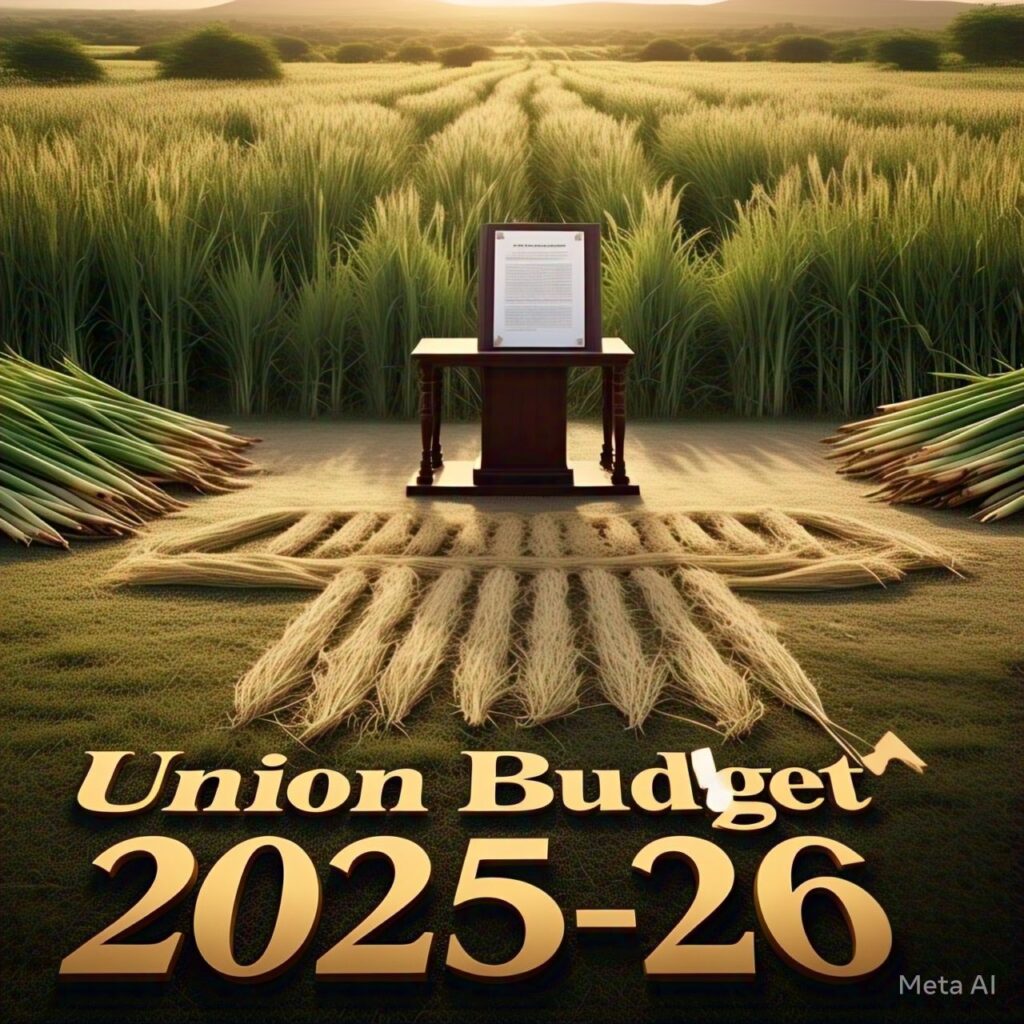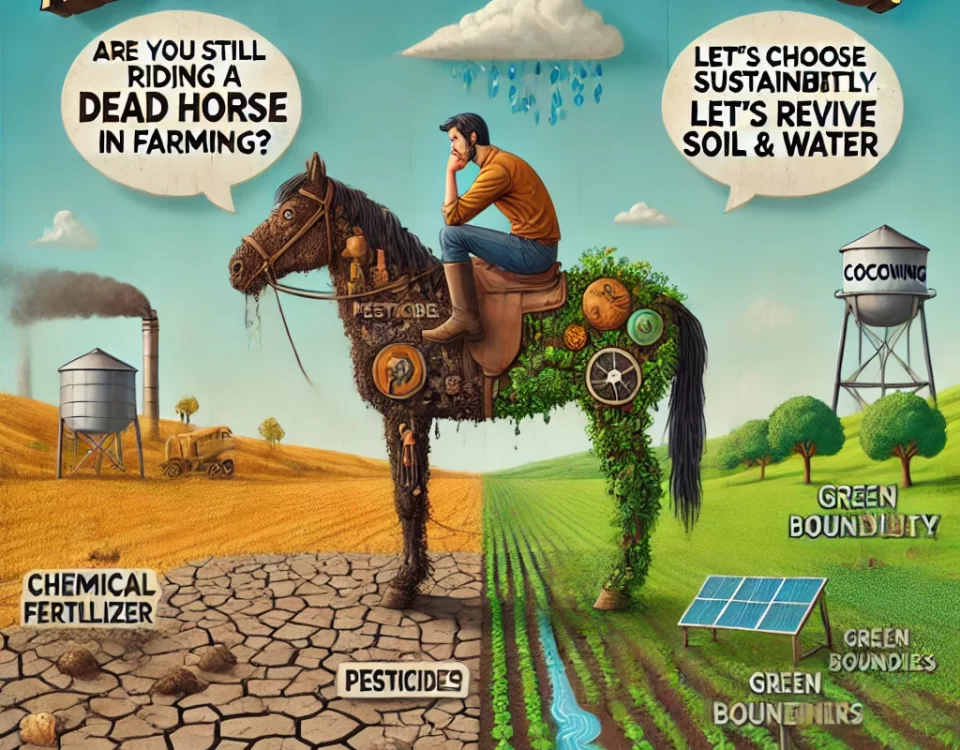The Union Budget 2025-26, presented by Finance Minister Nirmala Sitharaman, lays a strong foundation for India’s agricultural transformation. With a vision to make India “the food basket of the world,” the budget emphasizes sustainable farming, technological integration, and rural empowerment. Here’s a detailed breakdown of the key initiatives that will shape the future of Indian agriculture:
1. Boosting Agri-Infrastructure and Logistics
To enhance agricultural productivity and reduce post-harvest losses, the government has allocated substantial funds for the development of modern warehouses, cold storage facilities, and farm-to-market logistics. The aim is to minimize wastage, improve supply chain efficiency, and ensure fair pricing for farmers.

2. Promoting Sustainable and Climate-Resilient Farming
Recognizing the impact of climate change on agriculture, the budget encourages the adoption of climate-resilient farming practices. Incentives for organic and natural farming, increased support for carbon sequestration initiatives, and policies promoting the use of bio-fertilizers and eco-friendly inputs are central to this approach.
3. Advancing Agricultural Technology and Innovation
Technology-driven solutions are at the heart of India’s agricultural modernization. The budget promotes AI-driven precision farming, satellite-based crop monitoring, and digital platforms that offer real-time insights to farmers. Increased investment in agritech startups and the expansion of digital marketplaces will bridge the gap between farmers and consumers.
4. Strengthening the Agri-Export Ecosystem
To elevate India’s position in the global agricultural market, the government has announced initiatives to improve export quality standards, streamline regulatory processes, and establish global trade linkages. Dedicated agri-export zones and incentives for organic and processed food exports will enable Indian farmers to compete on the global stage.
5. Farmer Welfare and Financial Support
The budget enhances the financial security of farmers through expanded credit access, increased subsidies for small and marginal farmers, and crop insurance schemes. The PM Kisan Samman Nidhi scheme receives a boost, ensuring direct income support for farmers.
6. Strengthening Rural Cooperatives and FPOs
Farmer Producer Organizations (FPOs) and cooperatives play a crucial role in empowering small farmers. The budget provides financial aid, training programs, and market access support to these collectives, enabling them to negotiate better prices and scale their operations effectively.
7. Promoting Agro-Processing and Value Addition
Encouraging agro-processing industries ensures that raw agricultural produce is transformed into high-value products, generating employment and increasing farmer incomes. Special incentives for food processing industries, ease of credit access, and infrastructure development in agro-industrial zones are major highlights.
8. Water Resource Management and Irrigation Efficiency
With a focus on improving irrigation systems and water conservation techniques, the budget introduces measures for micro-irrigation subsidies, rainwater harvesting programs, and rejuvenation of traditional water bodies to ensure year-round water availability for farming.
9. Women in Agriculture
Recognizing the significant role of women in agriculture, the budget promotes schemes for female farmers, including skill development, financial inclusion, and access to technology. Special funds and initiatives encourage entrepreneurship among women in agri-businesses.






